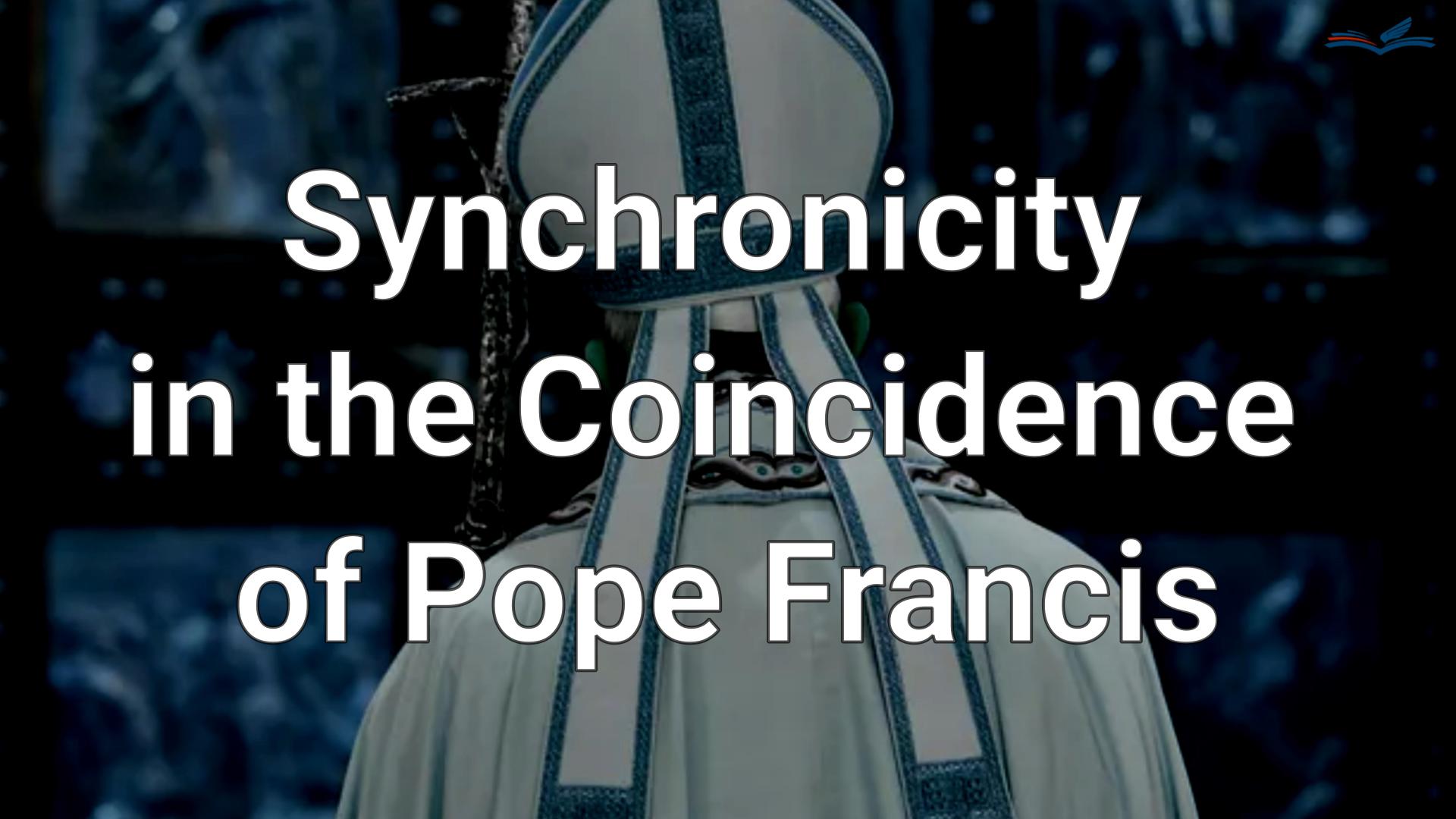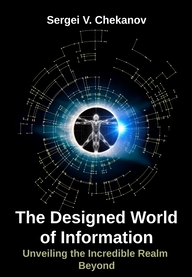Synchronicity in the Coincidence of Pope Francis
May 20, 2025 - Reading time: 6 minutes

Among the many things you cannot be certain of, there is one truth you can hold onto: your life is not a random fluke of chance. Our life paths are infused with events that lack apparent causal connection - we call them coincidences. When we witness them, we may begin to realize they point to something deeper, something that lies beneath the visible surface of this world - in the vast expanse of space and time - a presence that is not indifferent to our fates.
When coincidences carry meaning, they are often tied to numbers. They suggest that everything around us may be part of a larger design - one in which symbolic information, in rare cases, flows not only forward but also backward, from the future into the past, subtly shaping the present to align with our most meaningful outcomes. Scientists refer to this idea as retrocausality, a hypothesis explored in certain interpretations of quantum mechanics. Others, long before quantum theory existed, simply called it destiny.
Our past is filled with coincidences that have changed the course of civilization. But you may be surprised to learn that such events still occur - even today.
Here is a short story from the recent past. Not long ago, we witnessed a striking coincidence: Pope Francis passed away at the age of 88 at 2:35 a.m. (Argentina time) on April 21, 2025. Curiously, the symbolic sum of the numbers - 88 + 2 + 35 - matches the membership card number 88235 from his favorite soccer team, San Lorenzo de Almagro in Argentina. This uncanny alignment might be seen as a case of synchronicity, yet it calls for careful calculation to assess the probability that such a coincidence could occur purely by chance.
It's worth remembering that noticing coincidences in people's lives is not unusual. The law of large numbers tells us that, given the immense number of people and events unfolding constantly, coincidences are statistically expected. But coincidences become especially compelling when they emerge within carefully selected, life-defining moments. The death of a person is certainly one of them.
Simple calculations show that there is only about a 0.28% chance of a number related to the time of death coinciding with some five-digit identification number used during a person's lifetime. This is roughly equivalent to flipping eight coins and having all of them land on heads.
So, was this a synchronicity event? It becomes highly plausible - if we believe the two events, his death and his association with the soccer club, are meaningfully connected. Synchronicity is, by nature, a deeply personal experience. Elements of faith inevitably play a role in its interpretation - the belief that certain life-changing moments may carry hidden, meaningful links. If you are convinced that Pope Francis's love of soccer and his advocacy for sports were central to his identity, then this numerical connection might indeed be seen as reasonable evidence of synchronicity.
Coincidences are not the result of a predefined destiny; rather, they are signs - patterns that emerge from events that may seem random. These moments may appear to fly in the face of common sense, as they violate the notion of cause and effect.
But how could the coincidence surrounding Pope Francis's death have been orchestrated, if it is not just a mere chance? There aren't many possibilities, but here is one curious explanation that leads to the desired result.
Imagine this: The death of a person is like a ripple in the underlying continuum on which the scenes of life unfold - a disturbance or a wave in the fabric of events. Human emotions are often the source of these waves, radiating meaning into the seemingly chaotic flow of occurrences.
The past does not exist on its own. It must be reconstructed by our collective minds, piecing together fragments of memories, and examining objects left behind. The past takes shape as we move forward. One way to reconcile the present moment - the only moment that truly exists - is to conclude that the past has somehow aligned with current events.
What if the number 88235 was not what appeared on the original membership card. Maybe this value is altered by present expectations at the moment of the pope's death, by the shift in collective perception of the past? After all, the past is a shared illusion, holding no true power over the present moment, except the power we give it at present.
But you might ask, "Wait - doesn't his membership card already show the number 88235 from the past?" Yes, it does - but that's what it shows now. The past may have multiple versions - a multiverse of possibilities - molded by our present perception. In rare cases, this might even influence objects of the past, as we perceive them at present. This fluidness of the past reality isn't new to idealist philosophy - and it's even more familiar to those who view this world as a computer simulation. In these frameworks, the underlying mechanism behind rare coincidences may not follow the same direction of time as we perceive it. After all, our consciousness might not be anchored in the material world, where time flows strictly from past to future.
And even if you're not entirely convinced by this explanation of coincidences, and have your own interpretation, there's still one takeaway from this story: Among the few things you can be sure of, one stands out as a definite truth - the past is merely a projection crafted by our minds in an attempt to impose meaning on the mystery of now - a razor-thin slice of time that shapes our future.
by V. S.Chekanov
Comment
This is the full transcript of the YouTube video https://www.youtube.com/watch?v=rBpVoLfvcM0 created by the Designed World channel using the book "The Designed World of Information: Unveiling the Incredible Realm Beyond", by Dr. Sergei V. Chekanov, 466 pages, ISBN: 9798990642836; Hardcover 9798990642843, eBook ISBN 9798990642829; Book webpage: https://ermislearn.org/designed-world/
